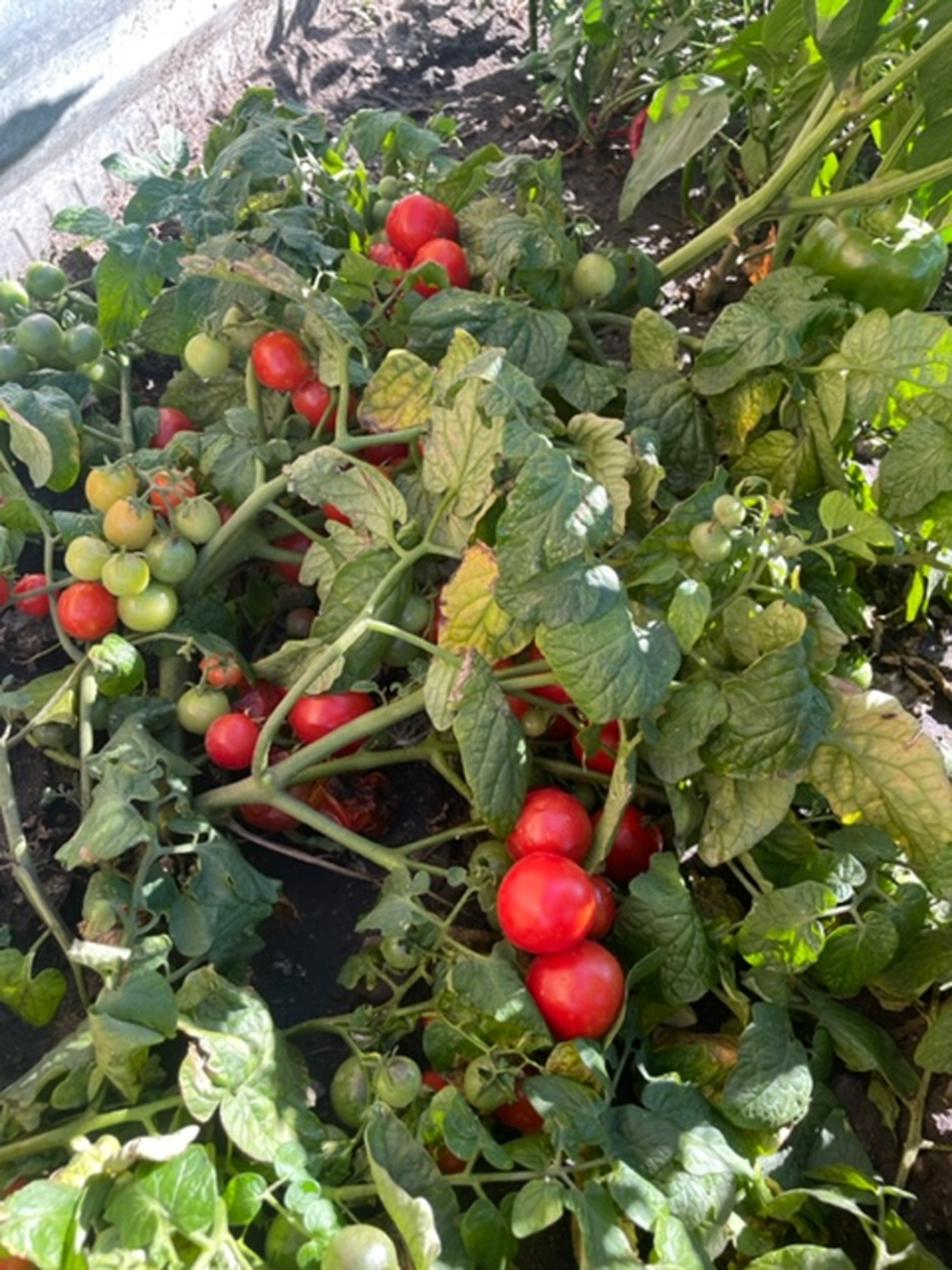YORKTON - Let’s make a cup of tea and chat about plant varieties. You might think, what is there to say about this topic?
So let’s begin at the beginning. When we open a seed catalogue, there are hundred or maybe even thousands of plants, each of them calling out to our gardener’s heart “Pick me! Pick me!” Do we ever wonder where all these varieties came from?
Not only where they came from, but why. Someone once said to me, “why do we need all these new kinds of plants?” A very good question: why do we need them?
We have to look at why plant breeders create new varieties. In the big picture, when we are talking about crops grown on a large scale for food, plant varieties are continually aiming for improvement to make them more productive, and good thing for both the farmer and the consumer; making them be more adaptable to different weather conditions so that to a certain degree new crops can be introduced where they may not have grown before; or making them more disease resistant. ( Please note that we’re not talking about GMO plants, but about methods by cross-pollination of plants with specific traits.)
I once asked a very knowledgeable farmer why a certain field of wheat looked so short. I assumed it was planted late or had bad weather or dry conditions. But guess what? The answer was that some newer varieties are shorter, still with good yield, but on shorter, sturdier stalks that will not be easily damaged in strong winds. A perfect example of seed-breeding for better results.
You could visit the University of Saskatchewan site at knowpulse.usask.ca. There is a good description of classical breeding, with an easy to understand example about peas. It reads as follows: “For example, a mildew-resistant pea may be crossed with a high-yielding but susceptible pea, the goal of the cross being to introduce mildew resistance without losing the high-yield characteristics.”
When we are talking about garden seeds, and plants such as tomatoes, the process begins by hand: pollinating one plant from another, placing the pollen from one on the pistil of another, a truly hands-on approach. From here, the plants and resulting fruit may take more crossings to achieve the variety traits the breeder hopes for. This could be anywhere from six to ten years, with multiple generations of the plant.
Now, let’s talk flowers. Visit the Amsterdam Tulip Museum site at amsterdamtulipmuseum.com, where we learn that it takes 15 years to take a single tulip flower and make it ready for sale in the marketplace as an exciting new tulip. And if you want to talk about roses, visit the Peter Beales site from the UK at classicroses.co.uk Here’s what they say on the site: “Typically it will take between 5 to 8 years for a rose to get to this stage ( being launched at the Chelsea Flower Show) and out of the few roses launched each year, around 50,000 others would have been rejected!” From what I read, this is a minimum time frame.
All this work, and truly it is a labor of love, is to create new varieties that will give us better colour, better resilience, better blooming, better fragrance, better flavour, better yield. Of course we gardeners will always have our old favourites, but when we look at the new seed catalogues, let’s think about all the work that went into the new offerings we might enjoy this spring! Visit the Yorkton hort society at www.yorktonhort.ca for information about upcoming event. Thank you for our friends at YTW for their great work. Have a nice week!






